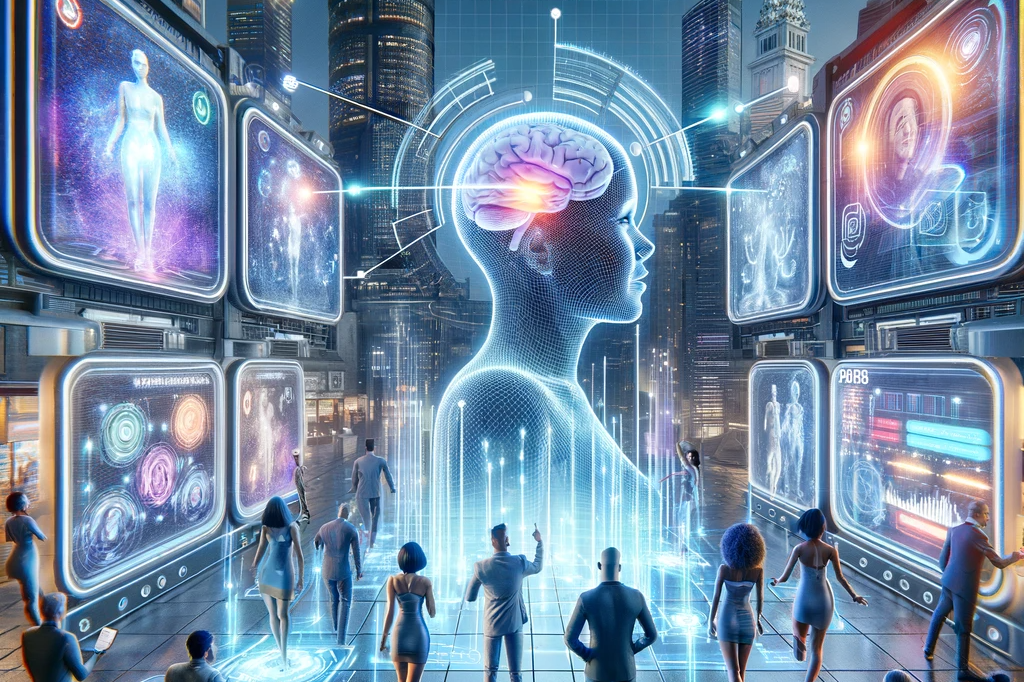Introduction
The advertising world is in a constant state of flux, driven by the relentless pace of digital innovation. In this dynamic landscape, neuromarketing emerges as a beacon, guiding advertisers towards more effective and emotionally resonant campaigns. By leveraging the insights provided by neuroscience, advertisers can craft messages that not only reach but also deeply resonate with their target audience.
Innovations in Digital Advertising
The digital age has seen a proliferation of advertising platforms, each offering unique ways to capture consumer attention. From social media to programmatic ads, the options are vast and varied. However, innovation isn’t just about new platforms; it’s also about new ways of understanding the audience. Neuromarketing offers a window into the consumer’s mind, revealing the emotional and cognitive underpinnings of their responses to advertising.
Neuromarketing’s Role in Advertising
Neuromarketing is revolutionizing advertising by shifting the focus from demographics to psychographics. It’s not just about reaching a certain age group or gender; it’s about connecting with individuals on a psychological level. For example, neuromarketing can determine the kind of narratives, colors, and sounds that elicit the best response from a particular consumer segment, enabling advertisers to create highly targeted and effective campaigns.
Case Studies: Innovative Neuromarketing Campaigns
Consider the success of a campaign that used neuromarketing to select the music that would best resonate with its audience, resulting in a significant uplift in brand recall and affinity. Another case saw a brand using facial coding to test and refine the emotional impact of its ads, leading to a campaign that outperformed industry benchmarks for engagement.
Predictions for the Future
As we look to the future, it’s clear that neuromarketing will play an increasingly central role in advertising. We can expect further integration of AI and machine learning, allowing for real time analysis and optimization of ad campaigns. Virtual and augmented reality could also become powerful tools in the neuromarketer’s arsenal, offering immersive experiences that engage consumers on multiple sensory levels.
Conclusion
The fusion of neuromarketing and digital innovation represents the cutting edge of advertising. It’s a partnership that promises to unlock new levels of consumer insight and engagement, paving the way for more impactful and memorable campaigns. For advertisers willing to embrace this synergy, the future is bright, filled with the potential for deep, lasting connections with their audience.

